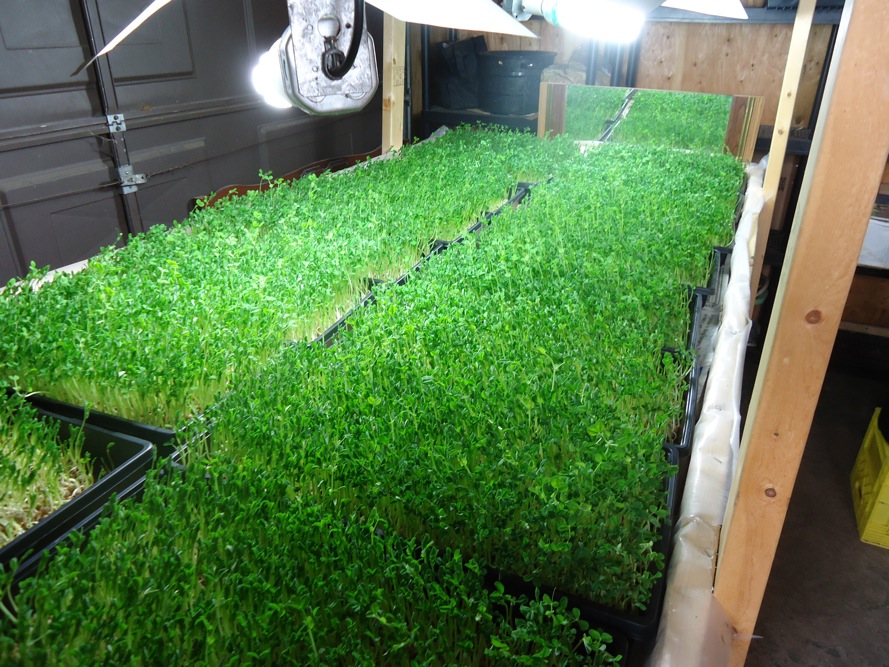Three years ago, I interviewed Paul and Elizabeth Kaiser about the remarkably effective model being pioneered at their farm, Singing Frogs Farm, a small micro-farm in northern California. It quickly became one of Peak Prosperity's most popular podcasts of all-time.
Developed over years of combining bio-intensive land/forestry management theory with empirical trial & error, the farming practices at Singing Frogs have produced astounding results.
First off and most important, no tilling of any kind is done to the soil. No pesticide/herbicide/fungicide sprays (organic or otherwise) are used. And the only fertilizer used is natural compost.
These practices result in a build-up of nutrient-dense, highly bio-rich topsoil. Where most farms have less than 12 inches of 'alive' topsoil in which they can grow things, Singing Frogs' extends to a depth over 4 feet(!).
This high-carbon layer of soil retains much more water than conventional topsoil, requiring much less irrigation than used at most farms (a very important factor given the historic drought the West is suffering).
All these advantages combine to enable Singing Frogs Farm to produce 5-7 harvests per year on their land, vs the 1-2 harvest average of other farms. And since the annual crop yield is so much higher, so is the revenue. Most other farms in northern California average $14,000 in gross revenue per acre. Singing Frogs grosses nearly $100,000 per acre -- a stunning 5x more.
This week, I sit back down with Paul and Elizabeth to discuss the science behind their latest farming practices & techiniques, the importance of biology over chemistry when it comes to gardening, and the hands-on workshops they offer, and what they think it takes to make a 'resilient farmer'.
And shameless plug: the Kaisers will be presenting live at this April's Peak Prosperity Seminar (held April 26-28 in Sebastopol, CA) and then taking participants on a private walking tour of their farm. If that's of interest to you (and it should be, it's an amazing experience), sign up for the seminar here.
Click the play button below to listen to Chris' interview with Paul and Elizabeth Kaiser from Singing Frogs Farm (59m:25s).
Other Ways To Listen: iTunes | Google Play | SoundCloud | Stitcher | YouTube | Download |
This is a companion discussion topic for the original entry at https://peakprosperity.com/singing-frogs-farm-the-science-of-healthy-soil/
